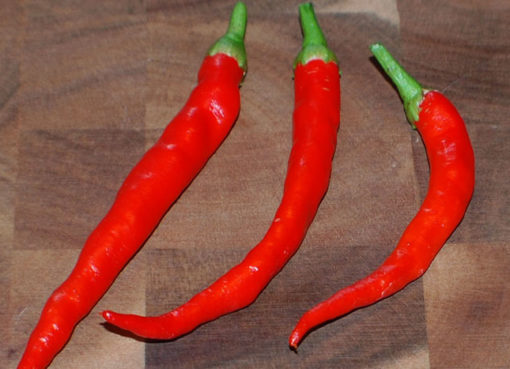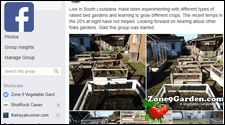Any pile of garden waste will eventually rot down and, in time, will almost disappear. However, if it is kept warm and wet, it will rot more quickly, especially if everything is chopped up into small bits and many different materials are mixed together. The rich, well-rotted “earth” that results is what we call “garden compost.” It can be used as a potting compost, but is more often used as a soil enricher.
When making your own garden compost, it is important to include a good range of different materials, confined in a bin. If you have a lot of waste and layer it up carefully, there should be enough heat inside the bin to “cook” the compost, making it even more valuable. However, you can still make a good mix with a small amount of waste, you will just have to remix it and repack it when the container is full.
Making or choosing a bin or container
First you need a compost bin to contain the heap. On a large scale, four pallets tied at the corners is inexpensive and effective, but you could make an equally good bin using netting supported by posts and lined with cardboard. Smaller bins made of wood or plastic are available, but the drawback here is that the smaller the bin the more quickly it fills and the less well it “cooks.” If this is all you have space for, insulation is very important. Rotating composters are a good idea in theory, but they don’t perform well in practice; likewise those with flaps that allow the removal of the base material from underneath.
Whatever style of container you choose, you will need a lid to keep rain out because rainwater will chill the heap and leach out nutrients. Even a partly matured compost will still need a small roof to throw the rain off. For best results, try to construct some kind of cover that still lets in air at the sides to help the heap mature and dry out.
Adding the materials
Try to assemble as wide a range of compostable materials as possible, because the more you put in, the more you get out in terms of quality. You can either add your material to the heap in thin layers as it becomes available, or store it temporarily in trashbags before mixing it all together.
Whatever von do, it is best to regard the accumulation and initial filling of the bin as just the first stage. Once the bin is full, you can either leave the ingredients to rot down slowly and dig it out the follow ing year for use, or dig it out, remix it and repack it a week or two alter the initial filling to speed up “cooking” and create a really good compost.
Whether you layer up ingredients as you go, or remix and repack, make sure you do not pack the materials down too heavily or you will exclude air. For best results, alternate dry (straw, hay, or shredded paper) with wet (fresh grass clippings) material and sprinkle soil or sifted compost on everything as it goes in. Remixing generally works best with two bins, so you can dig from one bin to the other¡ªalternatively, shovel everything out onto a plastic sheet and then repack. When refilling the bin, put the less well composted outer layer back in first, followed by the well composted core around the edges and top. Add more wet or dry material if needed. Top off with a thick layer of compost from a mature heap, as this will help keep in the heat and trap any beneficial vapors coming off.



